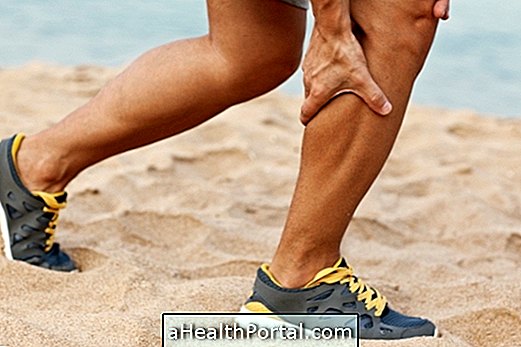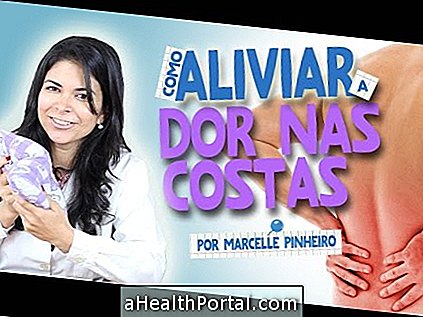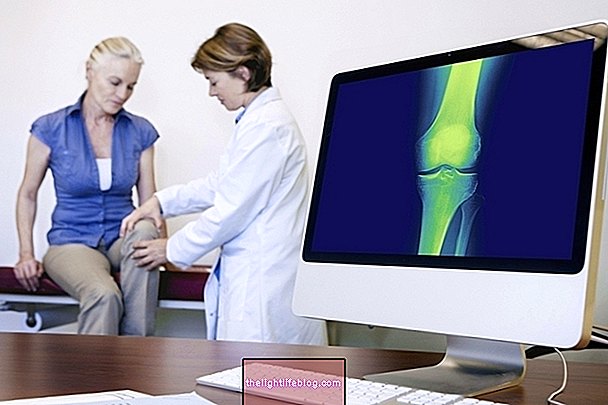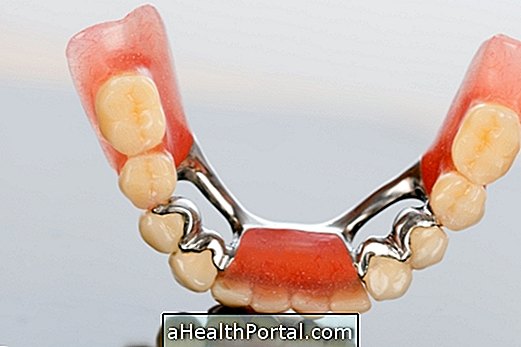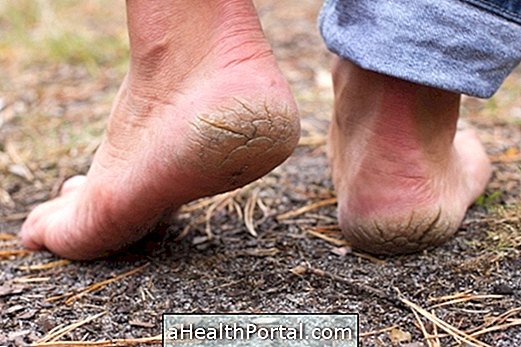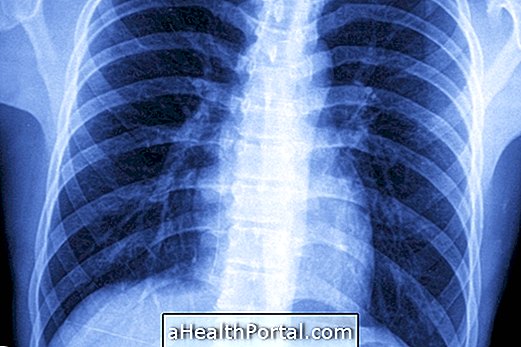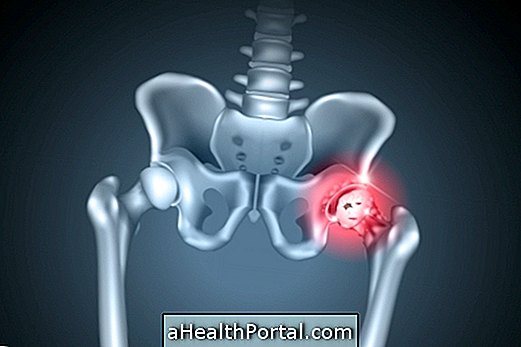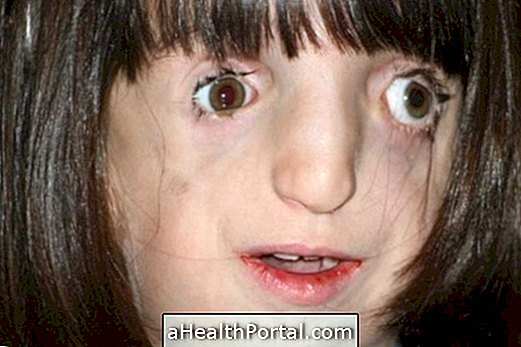Muscle pain is a frequent symptom that can have several causes, but it can usually be treated with rest, stretching and massage. However, when it is frequent or very intense, it may be necessary to use medicines like Miosan, for example under medical indication.
The best way to avoid muscle pain is prevention and for this it is recommended that people perform physical activities regularly, as well as stretching, in addition to maintaining a healthy lifestyle, avoiding smoking, consume alcoholic beverages and decrease the consumption of sugar, for example.

How is the treatment done?
The treatment for muscular pain should be done according to the degree of pain and the possible cause, and it is recommended to go to the orthopedist if the pain is frequent and increase in intensity throughout the day, so that the diagnosis can be made and the treatment.
Natural Treatment
The natural treatment for muscle pain is to take a bath with warm water, as it stimulates circulation, relieving pain, massage with oils or vinegar, lengthening the affected muscle and remaining at rest.
It is important to move the muscle to avoid scar formation in the muscle and progressive stiffness. Immobilization should only be done when indicated by the physician and is usually only done when the extent of the injury responsible for muscle pain is large. Get to know other home treatments for muscle pain.
Switching between hot and cold compresses at the pain site is also an option to relieve muscle pain because while the ice is able to decrease pain and local swelling, the hot compress can relax the muscle. Know when to use the cold or hot compress.
In addition, muscle pain relief can be achieved by self-rubbing with a hard foam roller, which can be found at sports supply stores, rehabilitation stores or on the internet. To do the self-massage, simply place the roller in the painful region and slide it using the weight of the body itself. The effects promoted by the roll are quickly perceived and cumulative. Here's how to use the self-rubbing foam roller for maximum benefits.
Treatment with medicines
Treatment with medications is usually indicated by the orthopedist when the pain is intense and frequent, and may be indicated the use of muscle relaxants, such as Miosan, analgesic drugs such as Paracetamol and Dipirone, or anti-inflammatory drugs such as Ibuprofen, Nimesulide and Naproxen.

Ointments for muscle pain
In addition to the remedies that may be recommended for relief of muscle pain, your doctor may recommend the use of ointments, which should be passed over the sore area. The most indicated ointments for muscle pain are Calminex, Gelol and Diclofenac, also known as Voltaren or Cataflan, which are anti-inflammatory ointments.
The use of ointments should be guided by the physician, but it is usually recommended that the ointment be applied 2 to 3 times a day in circular movements in the region where the pain is felt. If the pain does not go away with the use of ointments, it is recommended to go back to the doctor for further tests so that the cause of the pain is identified and another type of treatment is started.
Main causes of muscle pain
Muscle pain can occur due to various situations and the intensity of the pain varies depending on where it is happening, the cause and the symptoms. The most common cause of muscle pain is stretching or stretching of the muscle due to intense physical exercise, such as football or bodybuilding, for example.
In addition to the causes related to the practice of physical activity, muscle pain can occur due to bone disease, such as osteomyelitis and osteosarcoma, osteoarthritis, pregnancy and hormonal changes, sciatic nerve inflammation, varicose veins or circulatory problems. thigh, leg or calf.
In the case of muscle pain in the shoulder, back and arms, for example, it can be caused by poor posture, stress, anxiety, tendonitis, degenerative diseases or spinal problems such as herniated disc, for example.
If muscle pain is frequent and worsens over time, it is recommended that an orthopedist be sought to identify the cause of the pain and thus initiate treatment.
